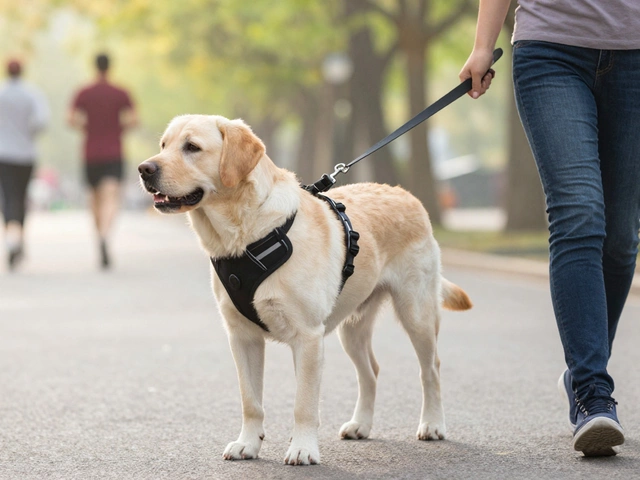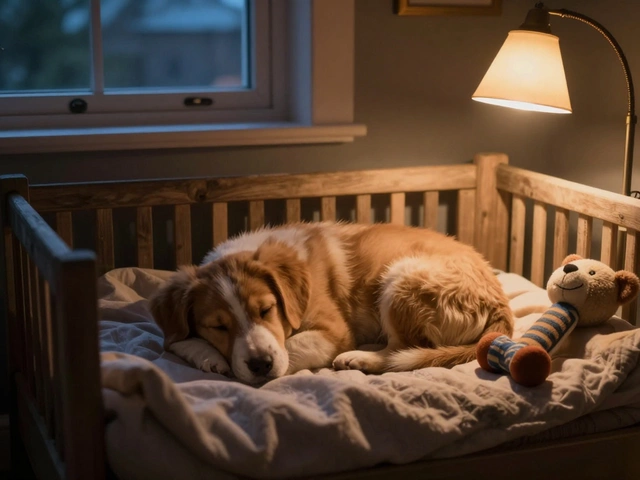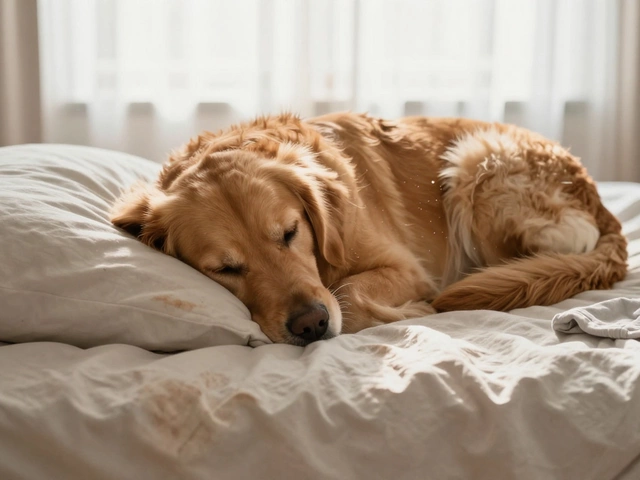House Training Tips: Stop Accidents With Simple, Effective Steps
Got a puppy that’s peeing on the carpet? You’re not alone. Most owners face the same challenge, and the good news is you can fix it with a few easy habits. Below you’ll find the exact moves that work for most dogs, no fancy equipment required.
Start with the Basics
First, set a regular schedule. Puppies have tiny bladders, so they need to go out every two to three hours, plus right after they wake, eat, or play. Mark those times on a phone reminder and stick to them. When you bring your pup outside, use the same spot each time. The scent will tell them this is the “go” area.
Watch for signals: sniffing, circling, or heading to the door. When you see any of those, get them out ASAP. If they make it, praise them right then—no treats needed, just a happy voice and a quick pet. Consistency beats excitement; a calm “good job” works better than a loud cheer that can scare a nervous pup.
Crate training can be a game‑changer. Dogs naturally avoid soiling where they sleep, so a crate that’s just big enough for them to stand, turn around, and lie down helps them hold it until you open the door. Never keep a puppy in a crate for more than a few hours at a time, especially when they’re very young.
Fix Mistakes Fast
Accidents happen—don’t punish. Yelling or rubbing the spot will only make your dog scared of you and may cause them to hide the mess next time. Instead, clean the area with an enzyme cleaner. This removes the scent that tells a pup “this is okay to use again.”
If you catch a puppy in the act, interrupt them with a firm “no” and immediately take them outside. If they finish outside, reward them. If they can’t make it, just clean up and try a tighter schedule.
Gradually increase the time between bathroom breaks as your dog gets older. A good rule of thumb is subtract about 15 minutes each week. By the time your dog is six months old, most can hold it for four to five hours.
Training isn’t just about the bathroom. Teach a “go potty” cue word while your dog is sniffing the grass. Repeat the word each time you go out. After a few weeks, the cue alone will prompt them to do their business, even if you’re inside.
Look at the posts on our site for deeper dives: "When Should Puppies Stop Peeing in the House?" and "Housebreaking a Dog: Timelines, Tips, and Realistic Expectations" give more details on timing and realistic goals. Combining those guides with the steps above will give you a solid plan.
Remember, house training is a marathon, not a sprint. Stay patient, keep a schedule, and celebrate every success. Before long, you’ll have a clean home and a confident pup who knows exactly where to go.

What No One Tells You About Getting a Puppy: Real Costs, Sleep, Training & a 30-Day Plan
The messy truth about getting a puppy: sleepless nights, hidden costs, training setbacks, and a realistic first-30-day plan. Clear, human advice for new owners.
read more



